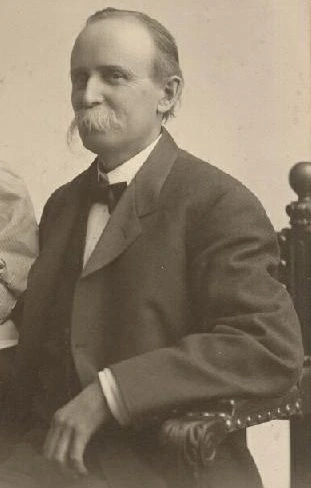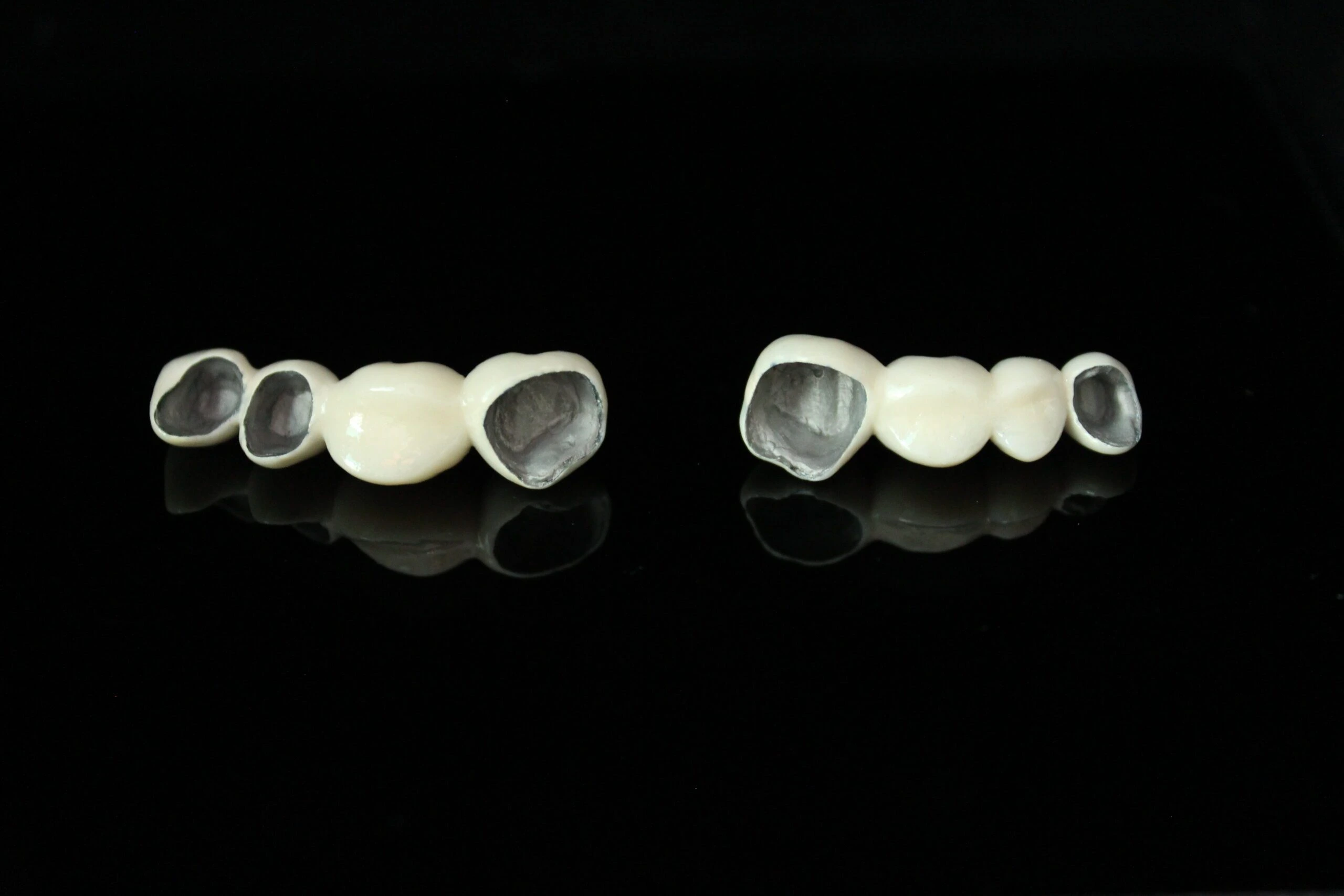Have you ever needed a dental crown to protect a weak or damaged tooth? If so, you’re not alone! Dental crowns and bridges have been around since ancient times, with their technology advancing incredibly over the years. These days you can choose a crown that looks totally natural, and some can last for up to 30 years depending on the material (gold crowns last the longest).
Crowns and bridges are some of the most common dental restorations, serving a wide variety of functions. One of the strongest restoration materials is PFM (porcelain-fused-to-metal), which is made of a metal substructure and an outer layer of tooth-colored porcelain.
PFMs offer exceptional strength and a natural aesthetic, plus they contain valuable precious metals. If you ever have a PFM crown or bridge removed, you could sell it to a precious metals refinery to earn some extra cash or even exchange it for bullion.
Before PFMs: Gold and Platinum Crowns
Ancient dental restorations were made from a variety of materials, including gold, ivory, animal bones, and even teeth extracted from cadavers (yikes). Modern dentistry took shape in the 1700s, and for more than a century, precious metal alloys – primarily gold and platinum – were the go-to materials for dental crowns and bridges.
Dentists favored gold and platinum for their biocompatibility, durability and resistance to corrosion. Beyond functionality, some people appreciated the luxurious appeal of gold dental work. However, many preferred a more natural look, leading to the development of crowns that better matched real teeth.

The Best of Both Worlds
In 1889, a New York dentist named Charles H. Land invented the porcelain jacket crown (PJC). This was a big deal because it was the first tooth-colored, full-coverage restoration. However – while jacket crowns looked great, they lacked durability and often ended up cracking.
As a solution to fragile porcelain crowns, the PFM was invented by Abraham Weinstein in the late 1950s. The PFM design consists of porcelain fused to a metal base, engineered to reduce cracking while maintaining the primary appearance of porcelain. PFMs are where form meets function: the metal creates a stronger, longer-lasting foundation, while porcelain provides the natural aesthetic.
PFMs became widely implemented in the early 1960s, and their success paved the way for today’s advanced dental materials, sparking innovations in zirconia and all-ceramic restorations.
Are PFMs Still Used Today?
PFMs are still used today, especially for molar repairs that require extra strength, because back teeth handle most of the chewing and grinding of food. PFMs are also a top choice when there isn’t much room for a crown due to a tight bite, or when several implants are placed close together and need a strong, thin crown. When strength is paramount, metal is preferred.
Is PFM Dental Scrap Valuable?
Many PFM crowns and bridges contain precious metals like gold, platinum, or palladium, so their value lasts long after they’re removed.
Selling extracted dental scrap like gold crowns, PFMs, bridges, inlays and more is a smart way to obtain value from otherwise useless material. Not only is scrap refining lucrative, but it’s a responsible choice in terms of waste management. Precious metals that are no longer in use should always be recycled and repurposed to create new products, ensuring that nothing goes to waste.
Where to Sell PFM Crowns and Bridges
Selling your dental scrap to a reputable precious metals refinery like Garfield guarantees the best possible payment for your metals. Refineries are the last stop in the gold-selling chain, and other buyers are simply middlemen that will cut into your profits to protect their own margins.
Each Metal Counts: Get the Most for Your Scrap
Precious-metal dental scrap contains more than just gold – white metals such as silver, platinum and palladium are often used as well. A melt and assay procedure is the only way to obtain an accurate valuation of dental scrap material, as the metals must be melted and tested in a lab by a skilled technician to determine their exact composition. Garfield’s expert assaying methods ensure precise results, so that you can get paid for every bit of metal in your scrap.
Experience Matters
Garfield Refining has specialized in precious metals refining since 1892, and we’ve been voted ‘Best Scrap Metal Refiner’ by Dentaltown Magazine readers for the past 14 years in a row. Leading dentists trust us for the highest payouts, top-tier customer service, and a seamless refining experience. We serve dentists, dental labs, jewelers, individual sellers and more. Look no further than Garfield to get the most for your gold, silver, platinum and palladium!
Ready to sell your precious metal scrap? Whether you’re looking to sell dental scrap, gold jewelry, antique silverware or other precious metal items, we’ve got you covered. Get started today by downloading a free shipping label!

